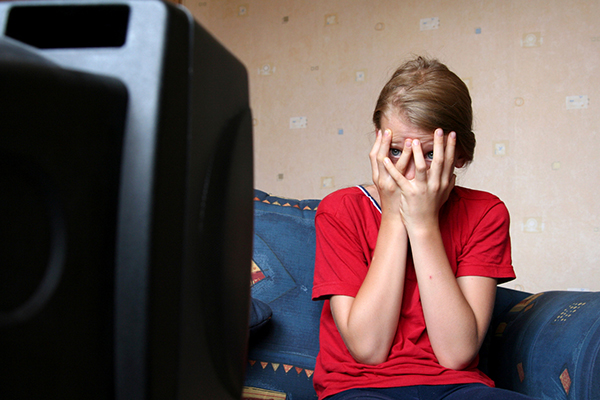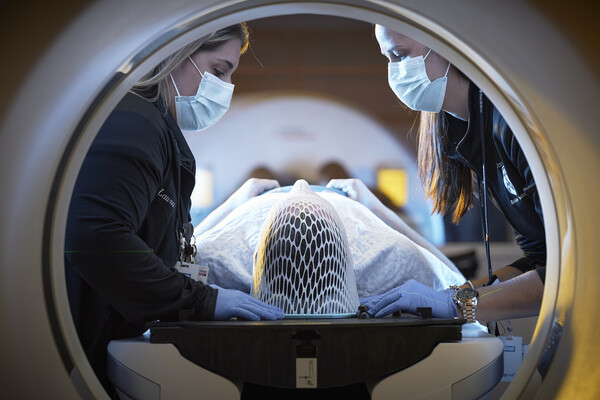The gun violence seen in popular PG-13 movies aimed at children and teenagers has more than doubled since the rating was introduced in 1984. The increasing on-screen gun violence has raised concerns that it will encourage imitation, especially when it is portrayed as “justified.”
What was not clear until now is whether justified and unjustified movie violence produce different brain responses.
In a new study, researchers at Penn find that scenes of unjustified and justified violence in movies activate different parts of the adolescent brain. This research is the first to show that when movie characters engage in violence that is seen as justified, there is a synchronized response among viewers in a part of the brain involved in moral evaluation, the ventromedial prefrontal cortex (vmPFC), suggesting that viewers see the violent behavior as acceptable for self- or family protection.
Performing fMRI scans of more than two dozen older adolescents who watched scenes of movie violence, the researchers also found that scenes of unjustified violence evoked a synchronized response in a different part of the brain. Activating that area of the brain, the lateral orbital frontal cortex, is consistent with a disapproving response to the violence.
The research, led by a team at the Annenberg Public Policy Center, was published in the journal Frontiers of Behavioral Neuroscience.
Read more at Annenberg Public Policy Center.








